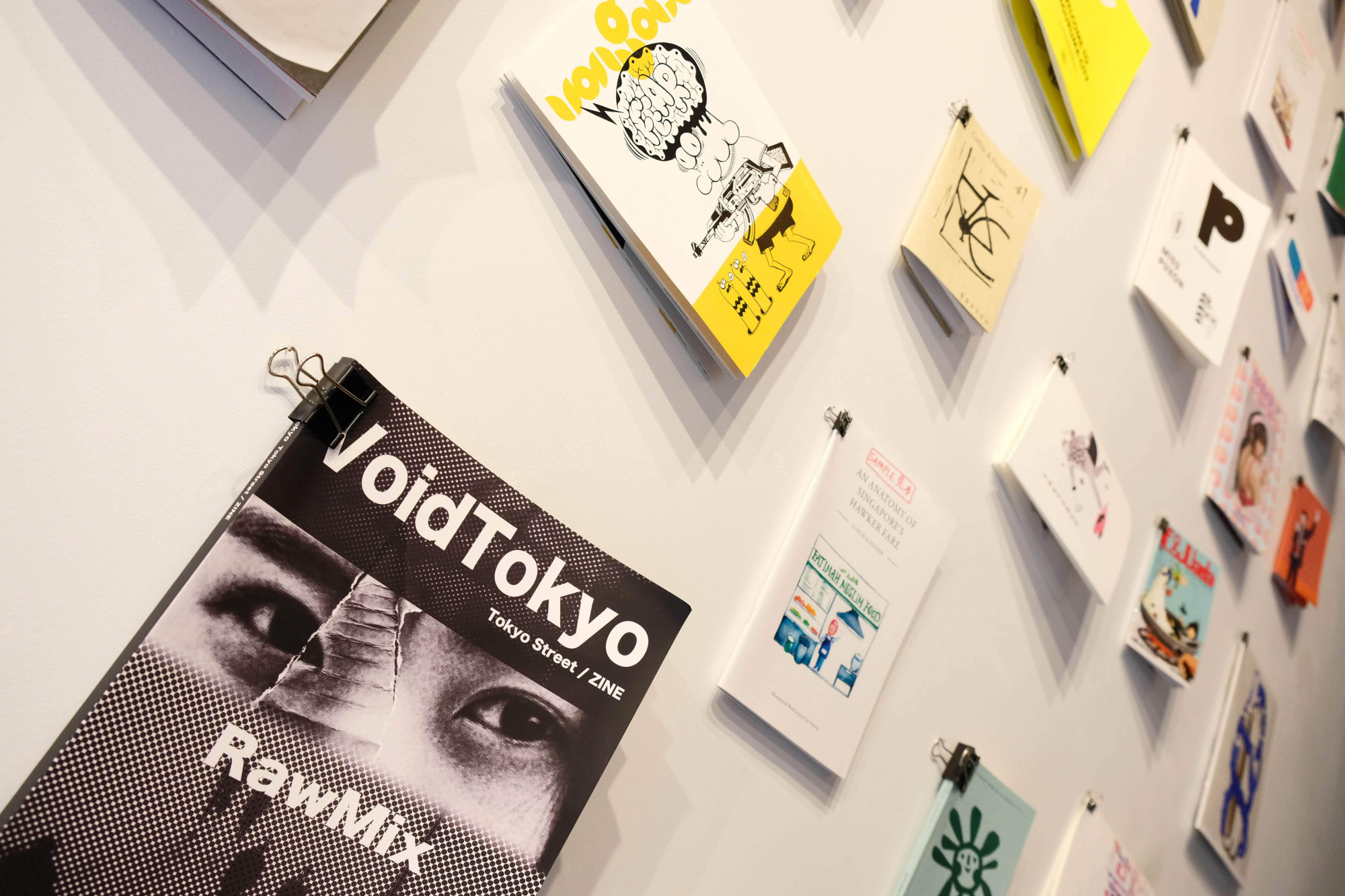Clouds Art + Coffee, a small coffee shop and gallery space in Tokyo's Koenji backstreets, is decked out in zines for their exhibition, "Zine House." The displayed titles hang asymmetrically from nails and small blank clamps, their bright colors and bold words popping from the white walls.
"City Grrrl," one cover proclaims, a pair of eyes glaring out between the neon yellow title. Another more demure cover simply states "Cafe Latte Kudasai," while a third is dominated by an illustration of a pair of humanoid, cotton candy-haired figures. The exhibit features 53 artists — many Japanese, some not. Viewers pluck the zines (short for magazine or fanzine) off the walls without regard to whether the text is in Japanese or another language, flip through their pages, linger over the illustrations. The small space is bustling: Who says print is dead?
"The Comet" is widely acknowledged to be the first zine — first published in 1930 by the Science Correspondence Club in Chicago — and its release heralded the beginning of a decades-long trend of fan-produced science fiction zines. By the 1970s and '80s, zine culture was decidedly punk; in the 1990s it centered on the feminist "riot grrrl" movement. Nowadays zines often combine elements of both text and design, running the gamut from in-depth, research-based publications to pocket-sized collections of personal doodles, and encompassing myriad topics.



















With your current subscription plan you can comment on stories. However, before writing your first comment, please create a display name in the Profile section of your subscriber account page.